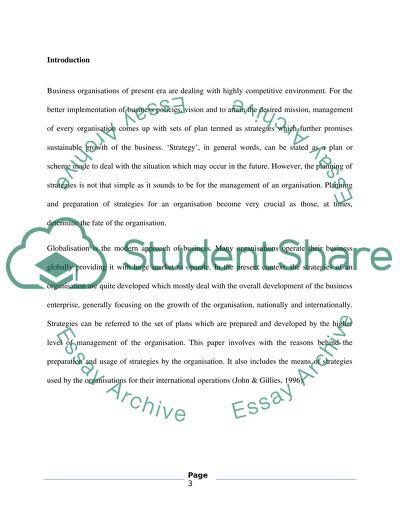Cite this document
(“Potential Rewards and Risks of Strategies for International Essay”, n.d.)
Retrieved de https://studentshare.org/finance-accounting/1392203-see-attachment
Retrieved de https://studentshare.org/finance-accounting/1392203-see-attachment
(Potential Rewards and Risks of Strategies for International Essay)
https://studentshare.org/finance-accounting/1392203-see-attachment.
https://studentshare.org/finance-accounting/1392203-see-attachment.
“Potential Rewards and Risks of Strategies for International Essay”, n.d. https://studentshare.org/finance-accounting/1392203-see-attachment.


